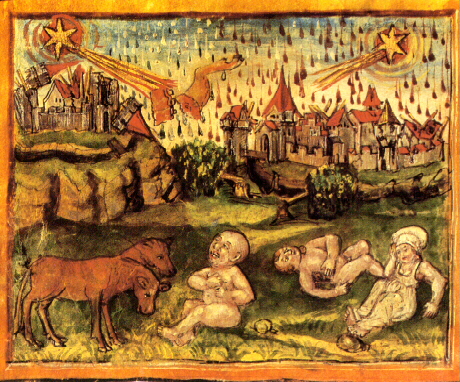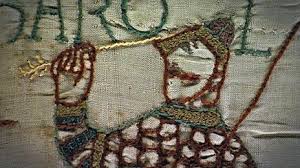1753 Death of George Berkeley, Bishop of Cloyne
Berkeley (1685-1753) was an Anglo-Irish pilosopher and churchman, best known for his 1710 work A Treatise Concerning the Principles of Human Understanding in which he argued that nothing existed unless it was perceived. His later years were spent, as Chambers’ Book of Days explains, in touting the virtues of pine tar.
Berkeley was a poet, as well as a mathematician and philosopher; and his mind was not only well stored with professional and philosophical learning, but with information upon trade, agriculture, and the common arts of life. Having received benefit from the use of tar-water, when ill of the colic, he published a work on the Virtues of Tar-water, on which he said he had bestowed more pains than on any other of his productions. His last work, published but a few mouths before his death, was Further Thoughts on Tar-water; and it shows his enthusiastic character, that, when accused of fancying he had discovered a panacea in tar-water, he replied, that to speak out, he freely owns he suspects tar-water is a panacea.’ Walpole has taken the trouble to preserve, from the newspapers of the day, the following epigram on Berkeley’s tar-water:
Who dare deride what pious Cloyne has done?
The Church shall rise and vindicate her son;
She tells is all her bishops shepards are,
And Shepherds heal their rotten sheep with tar’
In a letter written by Mr. John Whishaw, solicitor, May 25th, 1744, we find this account of Berkeley’s panacea:
“The Bishop of Cloyne, in Ireland, has published a book, of two shillings price, upon the excellencies of tar-water, which is to keep ye bloud in due order, and a great remedy in many cases. His way of making it is to put, I think a gallon of water to a quart of tar, and after stirring it together. to let it stand forty-eight hours, and then pour off the clear and drink a glass of about half a pint in ye mornn, and as much at five in ye afternoon. So it’s become common to call for a glass of tar-water in a coffee-house, as a dish of tea or coffee.’












